Upcycling in Interior Design: Turning Stories Into Spaces
Selected theme: Upcycling in Interior Design. Welcome to a home page dedicated to transforming overlooked objects into soulful interiors, where creativity meets sustainability and every piece you rescue becomes a conversation starter. Join us, share your projects, and subscribe for fresh ideas.
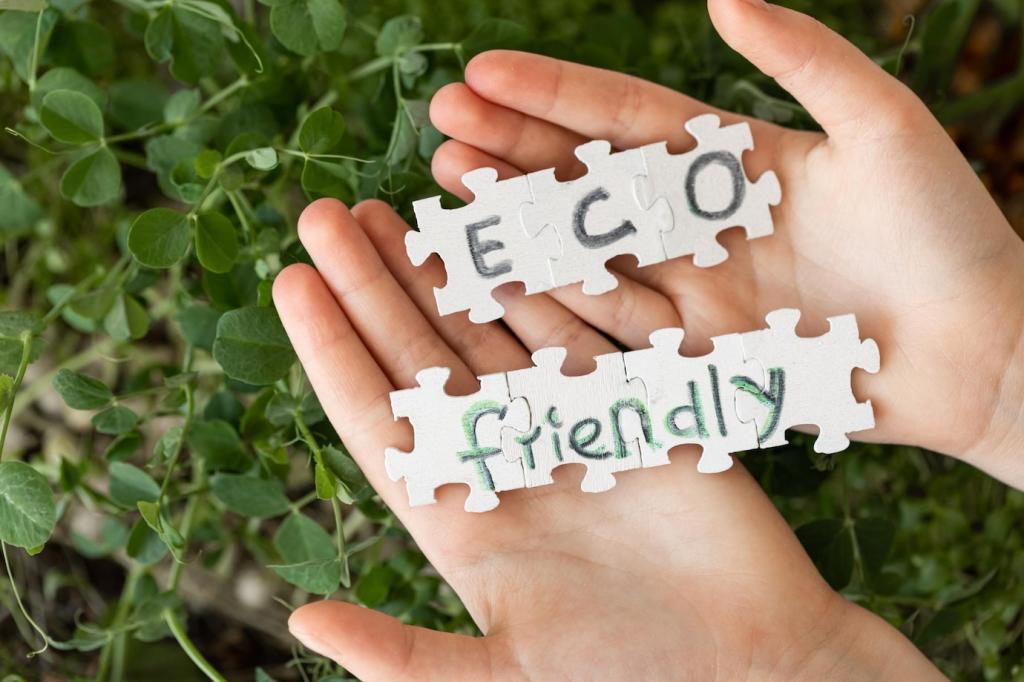
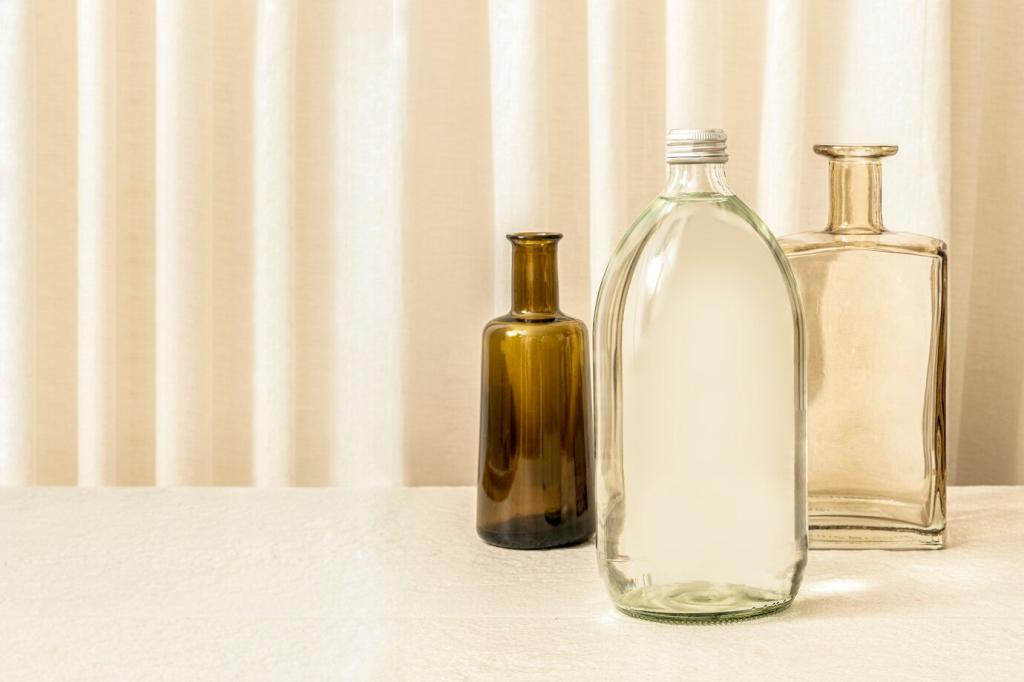
From Waste to Wonder
Upcycling extends the life of materials by elevating them into something more valuable, not merely breaking them down. Think of a weathered door becoming a story-rich headboard, infusing your bedroom with character while reducing landfill waste and resource extraction.
Upcycling vs. Recycling
Recycling typically downgrades materials, while upcycling upgrades them with craftsmanship and imagination. A reclaimed timber offcut can become a sculptural shelf, preserving its unique grain and history instead of being pulped, melted, or degraded into a lesser product.
A Home With Meaning
Spaces layered with upcycled pieces feel lived-in and intentional. Each dent or patina becomes a memory prompt, inviting guests to ask, listen, and share. Design becomes dialogue, and your home narrates values that catalogs cannot replicate or mass-produce.
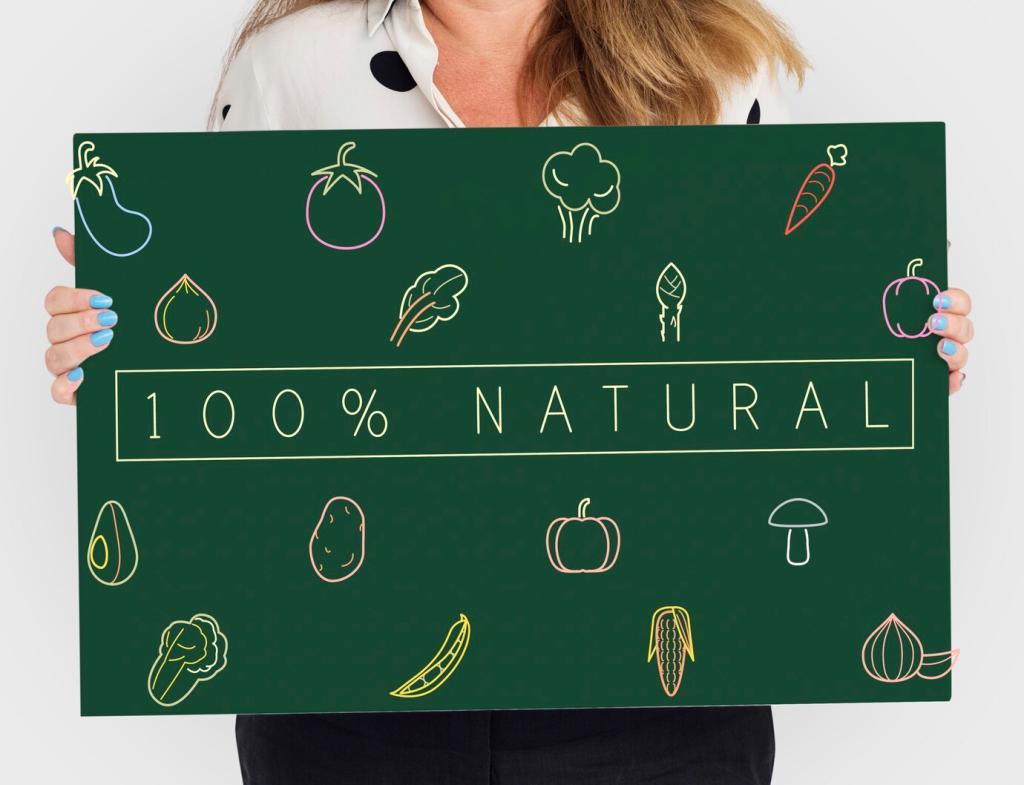

Sourcing Materials: Where Treasures Hide
Early mornings at architectural salvage yards often reveal old banisters, drawer fronts, and hardware. Watch for solid wood, real metal, and sturdy frames. Photograph labels, measure twice, and carry a small tape measure to ensure a perfect fit before hauling.
Sourcing Materials: Where Treasures Hide
Ask relatives about unused pieces lingering in garages or attics. An overlooked trunk or chair can carry family history into daily life. Offer to restore items for friends in exchange for creative freedom and a small budget for finishes or hardware.
Transformation Techniques: Craft Meets Imagination
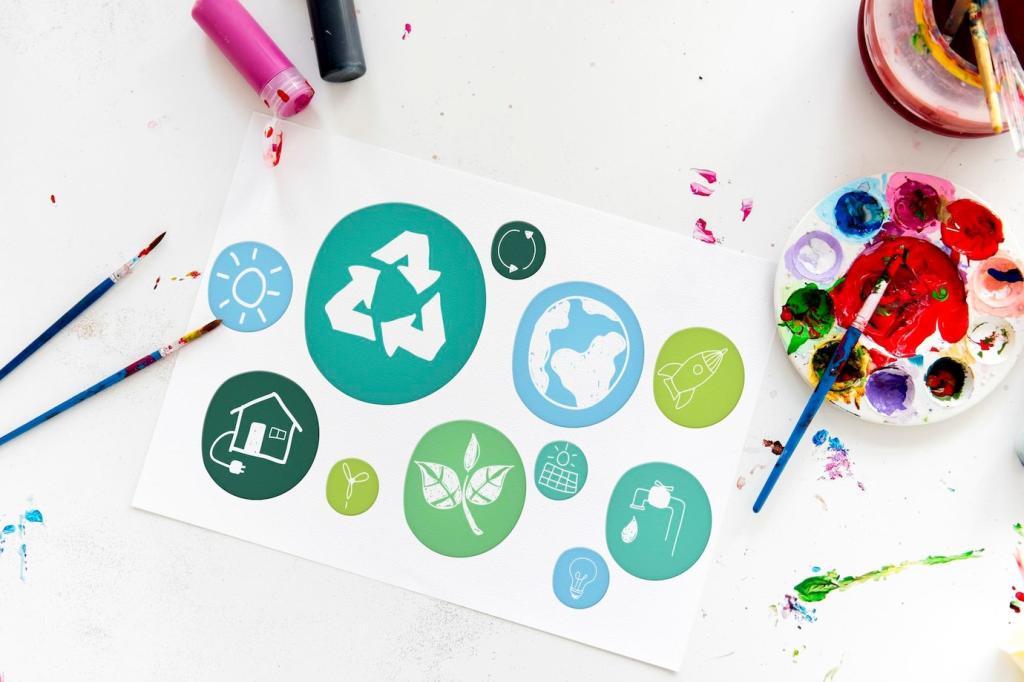
Wood: Repair, Refinish, Reinvent
Fill cracks with tinted epoxy, sand carefully to preserve character, and finish with low-VOC oil for a warm, matte glow. Offcuts become hooks, risers, or floating shelves. Combine contrasting woods intentionally to create rhythm rather than visual clutter.
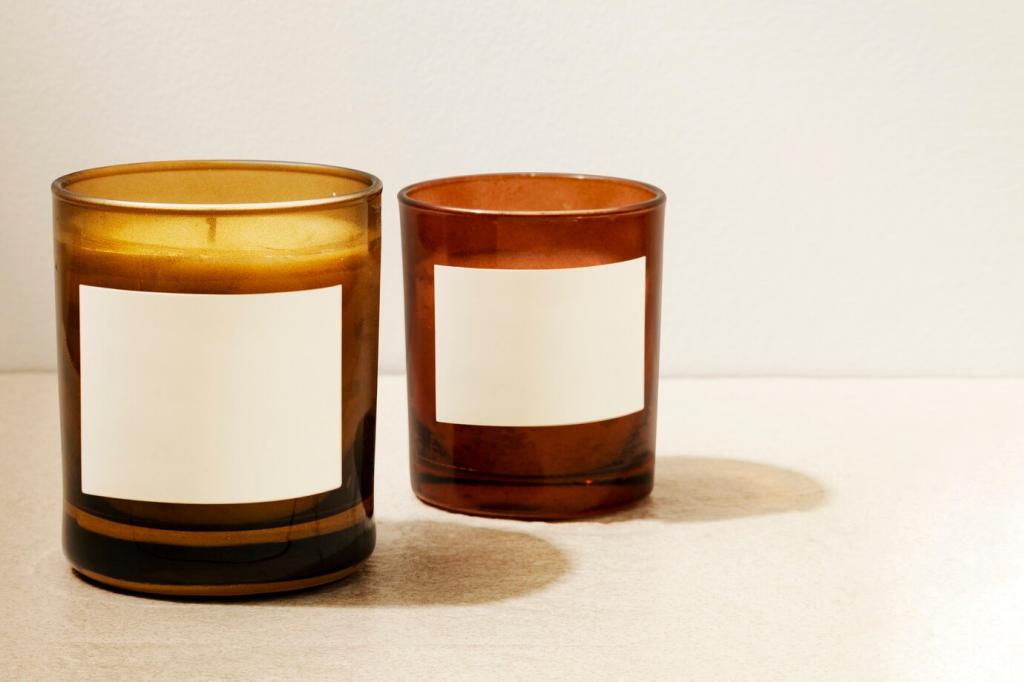
Textiles: Patch, Quilt, and Upholster
Turn denim scraps into durable cushion covers or a hallway runner. Reupholster dining chairs with vintage fabric, adding extra batting for comfort. When mixing patterns, keep one color in common so the composition feels collected, not chaotic or mismatched.

Metal and Glass: Clean, Coat, Repurpose
Polish brass with lemon and salt, seal against tarnish, and convert laboratory glass into sculptural vases. Wire old baskets into pendant lights. Always use heat-rated components, secure fittings, and test stability before installation to ensure long-term safety.
Styling Cohesion: Making Mixed Pieces Feel Intentional
Palette and Repetition
Choose two main colors and one accent, then repeat them across textiles, wood tones, and metals. Repetition builds unity, letting distinct upcycled pieces speak without shouting. Neutral backdrops highlight texture, grain, and patina with quiet, sophisticated confidence.
Balance Old and New
Pair a vintage cabinet with a minimalist sofa or modern lighting. Contrast invites each era to shine. Keep surfaces edited and purposeful, letting a few hero pieces carry the narrative rather than filling every corner with competing conversation starters.
Storytelling Through Vignettes
Group items by theme: travel mementos, inherited silverware, or hand-thrown ceramics. Use odd numbers, vary heights, and place something soft near something hard. These small stages transform upcycled objects into intimate, compelling micro-galleries at home.
Room-by-Room Ideas: Practical Upcycling You Can Try
01
Convert an old workshop bench into a kitchen island with locking casters and a sealed butcher-block top. Use reclaimed rails for pot racks. Crates become slide-out pantry bins that bring texture and visibility to staples without buying new plastic containers.
02
Transform pallets into a coffee table with inset glass and hidden storage. Turn a mid-century dresser into a media console with cable grommets. Frame fabric remnants as wall art to echo colors from cushions, rugs, and upcycled lighting.
03
A reclaimed door makes a headboard after trimming and sanding; seal with water-based polyurethane. In the bathroom, a vintage ladder becomes a towel rack. Replace harsh bulbs with warm LEDs to flatter aged woods and calm reflective metal surfaces.
Define your goal, list materials, and slot work into short sessions. Prep often takes longer than expected, but meticulous sanding, cleaning, and priming save time later. Schedule curing windows for finishes so you avoid rushing assembly and damaging surfaces.
Planning, Budget, and Tools: Make It Manageable
Prioritize projects that replace big purchases first. Sell unused furniture to fund materials, and trade leftover paint or hardware locally. Track spending against retail equivalents to see real savings and build confidence in your upcycling decision-making over time.
Planning, Budget, and Tools: Make It Manageable
Safety and Sustainability: Do It Right
Ventilate well, wear gloves and a respirator when sanding or stripping finishes, and use eye protection during cutting. Secure workpieces with clamps. Keep a first-aid kit nearby and take breaks—steady pacing prevents errors and protects your body effectively.
Stories From the Community: Objects With a Past
A reader rescued a water-stained steamer trunk from a relative’s basement. After gentle cleaning, reinforced hinges, and a linen cushion, it now anchors the entryway. Guests lift the lid, smile at old travel stickers, and ask for the story behind each one.

